In this article , we aim to introduce you to three of the best methods for installing porcelain tiles. If you feel the need to enhance your general knowledge in this area for any reason, please continue reading.
Understanding Porcelain Tile Installation Methods Porcelain tiles and ceramics are among the best types of stone panels available on the market, offering superior durability, quality, and strength compared to other types of tiles and ceramics.
Given the high costs associated with purchasing surface and exterior materials for buildings, installation should be carried out by qualified professionals using proper methods. This ensures not only an aesthetically pleasing appearance but also better quality and durability of connections in various parts of the building.
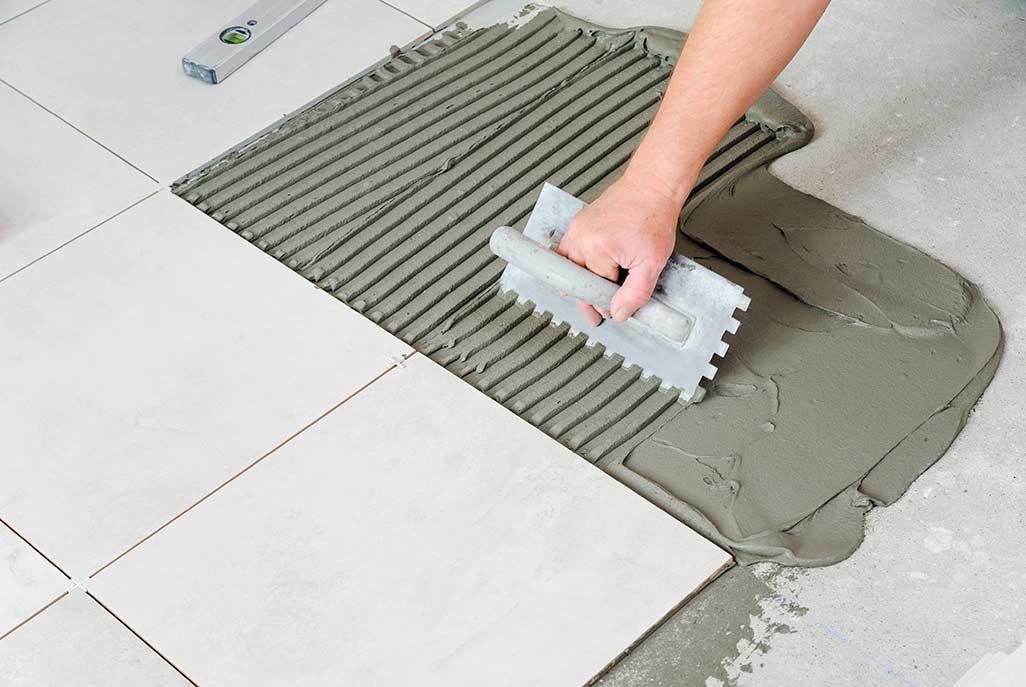
Today, porcelain tile installation is performed using various methods. The traditional method involves bonding materials to the surface using cement mortar, a technique that has been used for many years. However, due to the difficulty of this method and the limitations of mortar in adhering tiles and ceramics to various surfaces, researchers have developed new materials and introduced them to the market.
Powder and paste tile adhesives are among the newest and strongest products available on the market today and are used in many porcelain tile installation projects. Below, we will introduce the different methods of porcelain tile installation and discuss the advantages and disadvantages of each.
What are Porcelain Tiles and Ceramics? The new generation of tiles and ceramics used for covering floors and building facades offers many advantages over conventional types and has found widespread use in the construction industry.
These tiles are produced under high pressure and temperature using a special process and have unique properties such as a very low water absorption rate, excellent strength, high abrasion resistance, low stain resistance, color stability, and more. Porcelain tiles and ceramics can be installed without limitations in buildings with various uses and are suitable for different environments such as bathrooms, kitchens, living rooms, laboratories, large halls, stairways, warehouses, and more.”
“Why is Proper Installation of Porcelain Tiles Important?”
Porcelain tiles, produced using the latest technology in the field of stone products, with a water absorption rate of less than 0.5%, are the best choice for covering floors and facades in various conditions.
However, another factor to consider is the installation method. If this is not done correctly, none of the goals and benefits of using porcelain tiles will be achieved. For example, if porcelain tiles are used for both horizontal and vertical surfaces without proper installation, they will not have sufficient quality, the joints will not be properly sealed, and in the future, we may see moisture penetration into the joints and its consequences.
This phenomenon causes air or remaining materials behind the tiles and ceramics to loosen, and we will witness leakage, especially in cases with vertical coverings. As a result, negligence in choosing materials and improper installation of tiles and ceramics can not only cause damage but also endanger people’s safety.
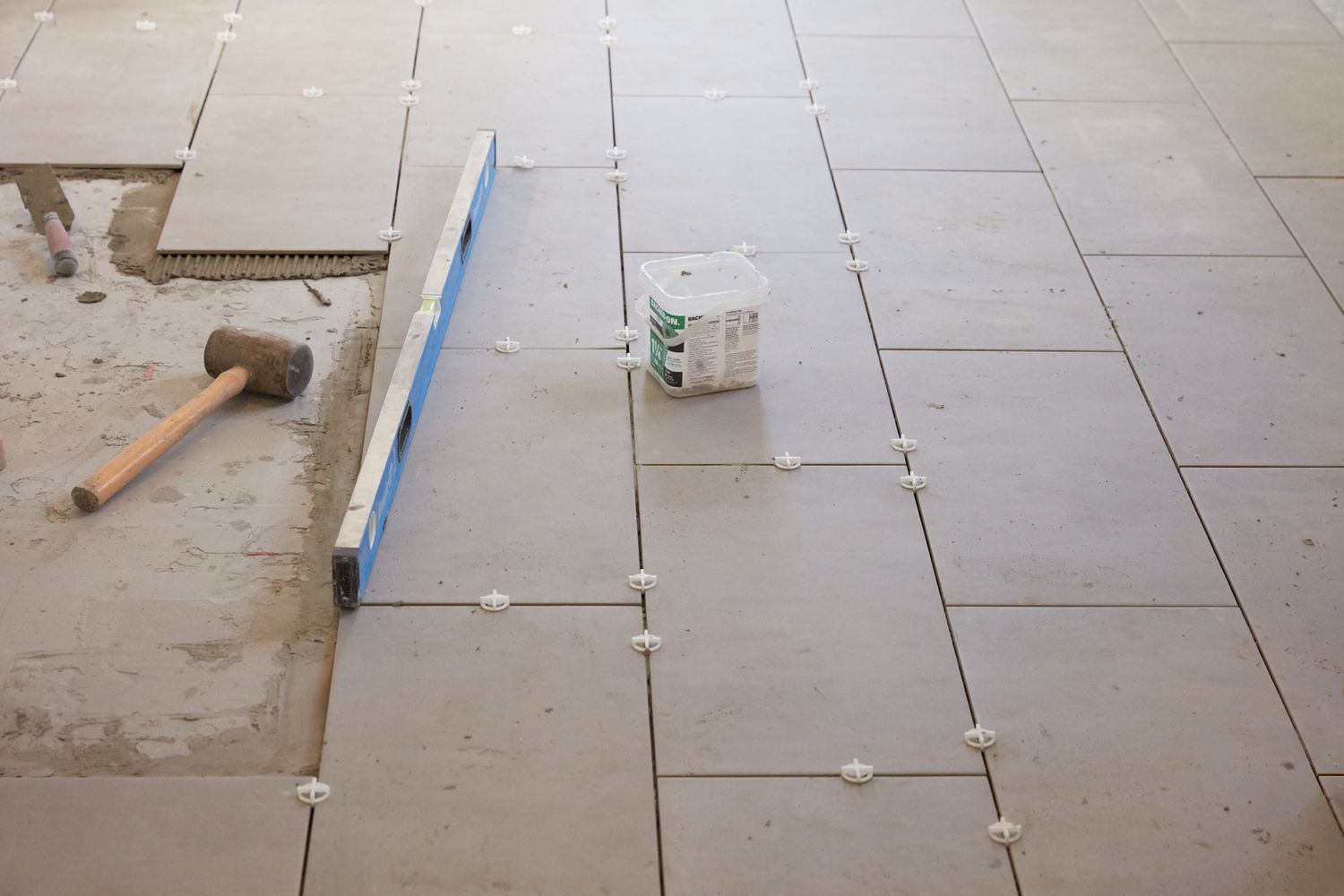
Methods of Tile and Ceramic Installation There are three methods for installing porcelain tiles:
- Traditional method using cement mortar and grout.
- Wet method using porcelain tile adhesive.
- The skimming method.
In the following, we will learn more about porcelain tile installation methods and the advantages and disadvantages of each
- Porcelain Tile Installation with Mortar
In the traditional method of installing porcelain tiles, a mixture of sand and cement mortar is required. In this method, the tiling process is carried out through operations such as surface preparation, leveling, mixing the mortar’s raw materials in precise ratios, etc., and finally, filling the joints to prevent damage to the work surface.
An important point in the mortar tile installation method is that tiles and ceramics have very low water absorption, and using mortar alone is not sufficient for bonding. To create better adhesion, a polymer concrete adhesive should be used in the mortar mixture. Another method is to add cement slurry and concrete adhesive to the mortar after application. A third method allows you to use a notched trowel to spread tile adhesive on the back of the tile and bond it to the wet mortar.
Before tile adhesives were widely produced, mortar or grout installation methods were used for tiles in Iran for many years. Installing porcelain tiles using this method requires highly skilled professionals to perform high-quality work with minimal defects.
The rapid execution of mortar preparation and tile installation steps requires a lot of detail and attention to detail, which prolongs the project execution time. Therefore, researchers are investigating the production of new products that do not have the problems associated with working with cement and can replace traditional methods.
- Porcelain Tile Installation with Scopes
The scope method is used more in facades and has various forms. This method involves creating gaps behind the tiles and stone panels to create a mechanical engagement between the tile and the desired surface by placing metal pieces and using wire.
The scope method can be done in two ways: dry and with mortar. In the mortar method, using a base and clamp behind the panel creates more friction between the panel and its holding mortar to prevent the tiles and ceramics from falling.

The scope method involves creating grooves and holes in the porcelain tile, and the resulting empty space behind the facade can increase its risk in the future. Therefore, the tile facade can easily be broken and fall by pushing, hitting, or grinding with a drill.
The need for special equipment and the high cost of the required parts can be considered other disadvantages of this method. Also, this method is often used on vertical surfaces and building facades and is limited for use in other areas.
- Porcelain Tile Installation with Adhesive
Adhesives are one of the newest products used for installing porcelain tiles. In general, tile and ceramic adhesives can be divided into three categories: paste (dispersion) adhesives, powder (cement) adhesives, and reactive resin adhesives.
Using adhesives for installing floor and wall panels does not cause as many problems as traditional methods; therefore, most people working in this field today prefer to use tile adhesive in their work. Porcelain tile adhesive is a strong product for bonding tiles to various surfaces. Therefore, only a small thickness is sufficient to keep the piece secure.
One of the problems with the mortar tiling method is excessive spillage and material dropping, which is rarely seen in the adhesive method, indicating the cost-effectiveness of using tile adhesive compared to the previous method. Moreover, when using powder tile adhesive, it is not necessary to observe the exact proportions of materials such as cement, sand, etc., and only by adding a certain amount of water, the product is ready for use. Other advantages of tile adhesive include:
- High adhesion
- Water resistance
- Easy and quick installation
- Increased project execution speed
- Improves the appearance of the work surface
- No change in the level of usability and no occupation of architectural space due to the low thickness of the adhesive
- There is no limitation on tiling on various surfaces
- Reduces the weight of the building compared to using scope and mortar methods, etc.
- Another important feature of tile adhesive is its design flexibility, which results from the presence of special materials used in its construction and prevents the adhesive from breaking due to drying or environmental factors.

Tools and Process: This method requires tools like a notched trowel, mixer, etc. The adhesive is spread in broad, ribbed lines using the notched trowel, and then the tile is installed. Creating grooves on the adhesive results in better bonding between the materials and the installed ceramic, increasing the strength of the bond.
Cost-effectiveness: You might think that installing porcelain tiles with adhesive is more expensive due to the higher cost of tile adhesive compared to cement. However, when you compare the costs incurred in the mortar installation method (labor costs, execution time, substructure, etc.), you will realize that using tile adhesive is more cost-effective in many projects.
Porcelain Tile Adhesive: Porcelain tile adhesive is a mixture based on cement, minerals, and special additives that can be used without limitations on all vertical and horizontal surfaces, both indoors and outdoors. This product is designed and manufactured for bonding a wide range of stone items such as tiles, porcelain, and ordinary ceramics, as well as various mosaics and stones. The advantages of tile adhesive include:
- Good flexibility
- Strong adhesion
- Satisfactory setting time and strength gain
- Environmentally friendly
- Less slippage
- Moisture resistant
- Suitable for underfloor heating and cooling systems, etc.
Installation Process: For installing tiles and large boards, instead of water, you can use a mixture of Sahand Chemistry mortar reinforced with tile adhesive. The combination of resin-reinforced mortar with tile adhesive increases its adhesion and improves all the properties of the adhesive, including flexibility, low permeability, and suitability for underfloor heating systems.
Porcelain tile adhesive powder comes in 20 kg bags, and to use it, you need to mix the contents of each bag with 5-6 liters of water using an electric mixer. To create a homogeneous and uniform mixture, you should slowly pour the powder into the container. After mixing lightly for 5 minutes, the mortar is ready to use. Using a notched trowel, spread the adhesive evenly on the desired surface. You now have 20 minutes to place the tiles in the selected location.
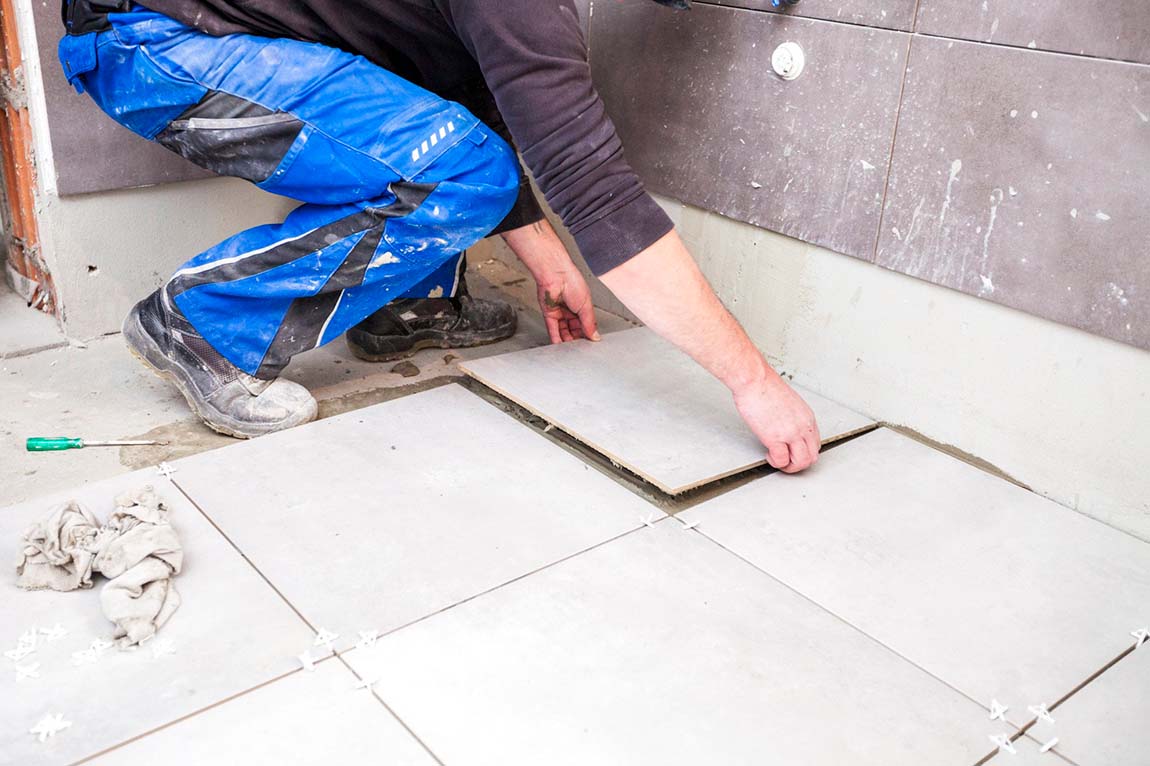
What are the characteristics of porcelain tiles and ceramics?
These types of tiles, also known as porcelain tiles, are heated at a higher temperature than ordinary ceramics and become more resistant. Porcelain tiles are stronger and thicker than ceramic tiles.
In addition, compared to traditional tiles, they absorb less water, so when installing these tiles, it is very important to find an adhesive that holds these tiles in place.
Due to the high water absorption of ordinary tiles, they can be installed with mortar or ordinary adhesive, but these types of tiles have low water absorption, and using ordinary adhesive reduces the possibility of grout entering the pores of the tile. This cannot be prevented.
This is why we choose powder porcelain adhesive. In addition, you should know that these types of tiles are an ideal option for bathrooms and toilets due to their higher resistance to water penetration.
Advantages and features of porcelain ceramics Using these types of tiles gives you the assurance that the area covered with them will have high resistance to moisture, but do not forget that this condition is achieved if, first of all, you can install such tiles.
Bonding reinforced ceramic tiles using ordinary adhesives does not have a long life, and soon the tile will separate from the surface, and especially if these ceramics are installed on a vertical surface such as a wall, it can cause a lot of financial and physical damage. In fact, for installing porcelain tiles, you should use a special powder porcelain adhesive.
The features of this type of adhesive include:
- High adhesion
- Resistance to moisture penetration
- Resistance to temperature changes
In addition, modified polymer adhesives have more flexibility than cement-based adhesives, so in addition to increasing adhesion, the possibility of tile damage and cracking is almost zero.
Introducing the best adhesive for porcelain ceramics Yes, as you have noticed, for this purpose, Sahand Chemistry powder adhesive allows you to bond tiles to any surface, which means that according to the current conditions of your building, you can choose the right adhesive that has advantages such as being waterproof, durable, and having a long service life for the surfaces after tiling. In fact, the best adhesive for this purpose is this product.

Classification Based on Production Technology and Raw Materials
If we want to classify this type of adhesive suitable for ceramics based on the manufacturing technology and raw materials used in the production of ceramic adhesives, we should say the following:
- Acrylic/Emulsion Adhesives: This is a ready-to-use composition of acrylic resins and minerals.
- Epoxy/Reactive Adhesives: A two-component ceramic adhesive consisting of epoxy resin and hardener. By mixing these two components, the adhesive is ready for use for a certain period and is often used in cases where the area in question is always near or under water.
- Polymer-Modified Powder Adhesive: A combination of cement, mineral salts, and polymer modifiers that can be used after mixing with a certain amount of water.
Comparison of the three types of adhesives based on their characteristics:
- Flexibility: Paste > Powder > Epoxy
- Water and moisture resistance: Epoxy > Powder > Paste
- Resistance to acid and sulfate attack: Epoxy > Powder > Paste
- Increased strength over time: Powder > Epoxy > Paste
- Open time and workability time: Paste > Powder > Epoxy
- Bacterial resistance: Epoxy = Powder > Paste
- Curing speed: Epoxy > Powder > Paste
- Quick setting: Paste > Epoxy > Powder
- Heat resistance: Epoxy > Powder > Paste
- Environmental friendliness: Powder > Paste > Epoxy
- Adhesion strength on glossy surfaces: Epoxy > Powder > Paste
- Ease of application: Paste > Powder > Epoxy
Various industrial plants across the country produce various chemicals related to the construction industry. Some of the products produced by these factories include special adhesives for porcelain ceramics, various grout powders, building primers, various concrete adhesives, and block adhesives.
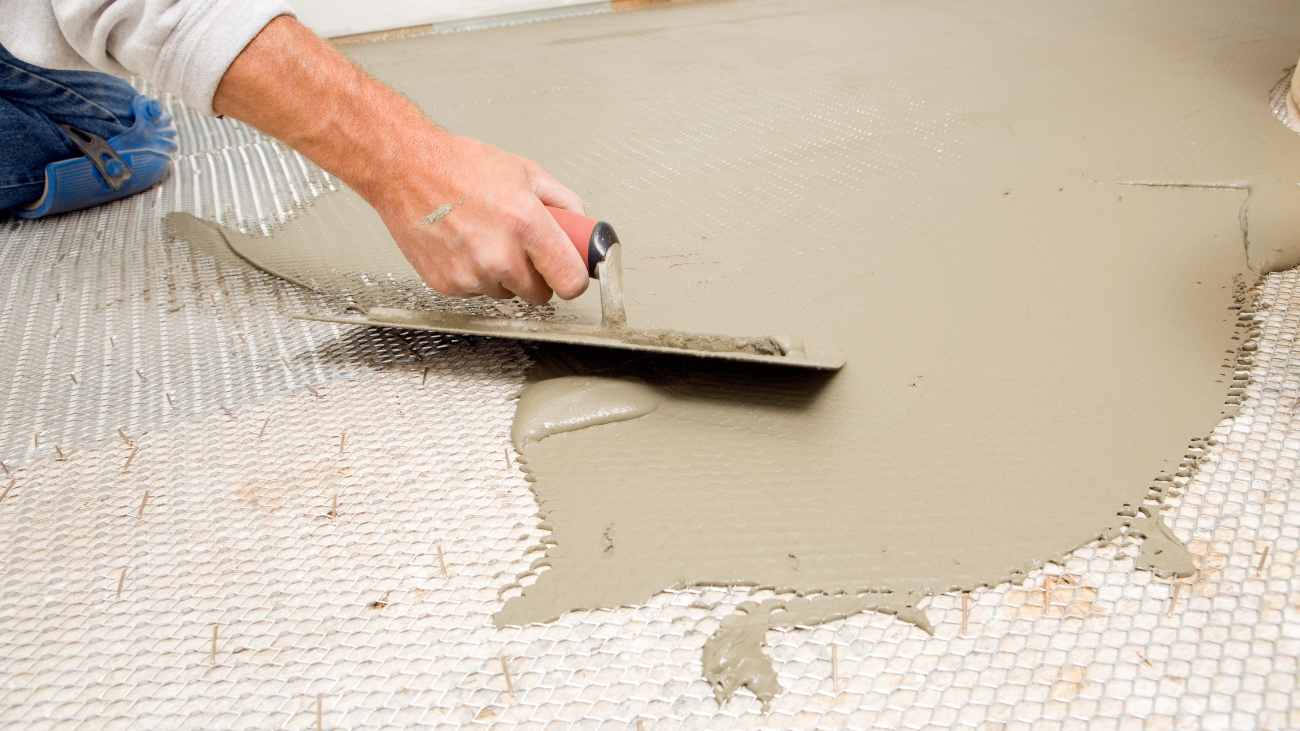
Conclusion Today, a large part of the total cost of construction and renovation projects is focused on the procurement and installation of tiles and ceramics in different parts of the building. To choose the installation method for porcelain tiles and other stone panels in a building, you can compare the costs, which are usually calculated per square meter.
Choosing a tile installation method, in addition to cost, affects the quality, durability, and beauty of the work, and do not forget that choosing old and ineffective methods can waste your money. Therefore, by consulting with experts and paying attention to the advantages and disadvantages of each method discussed in the text, choose the most suitable method for installing porcelain tiles.
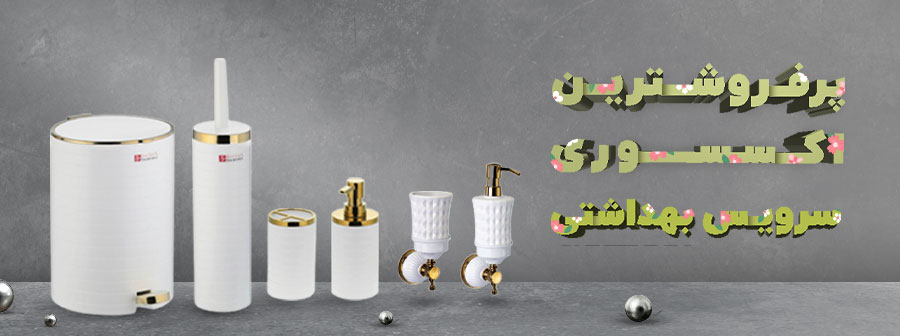
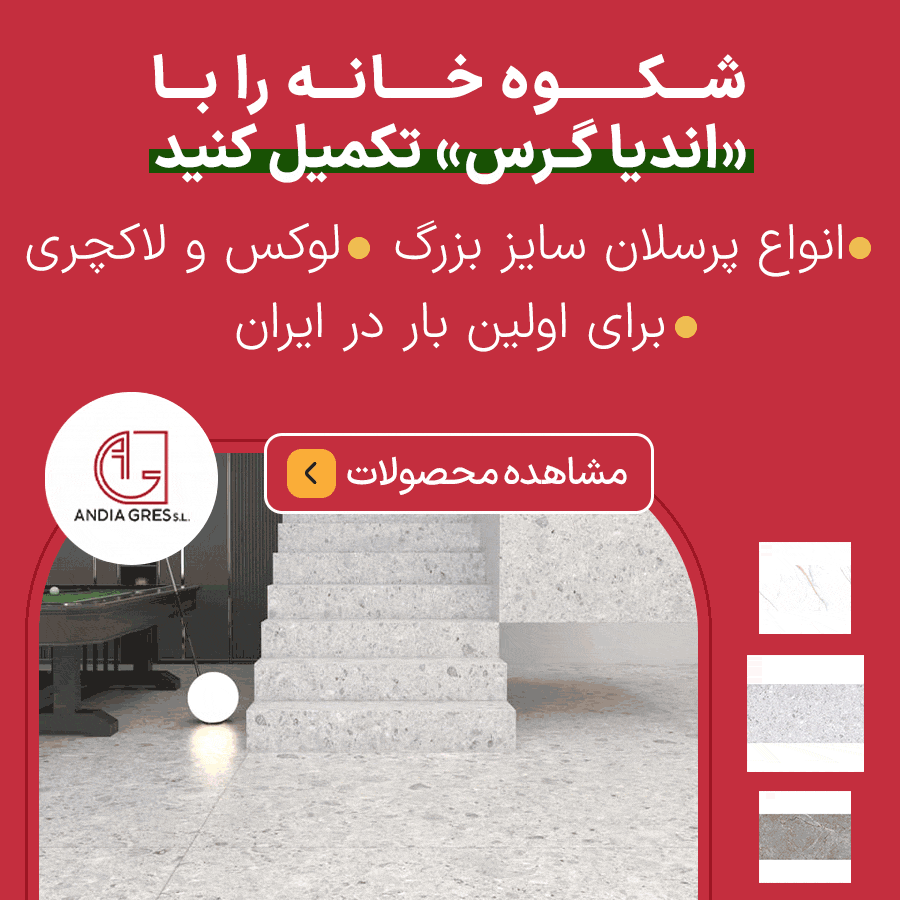



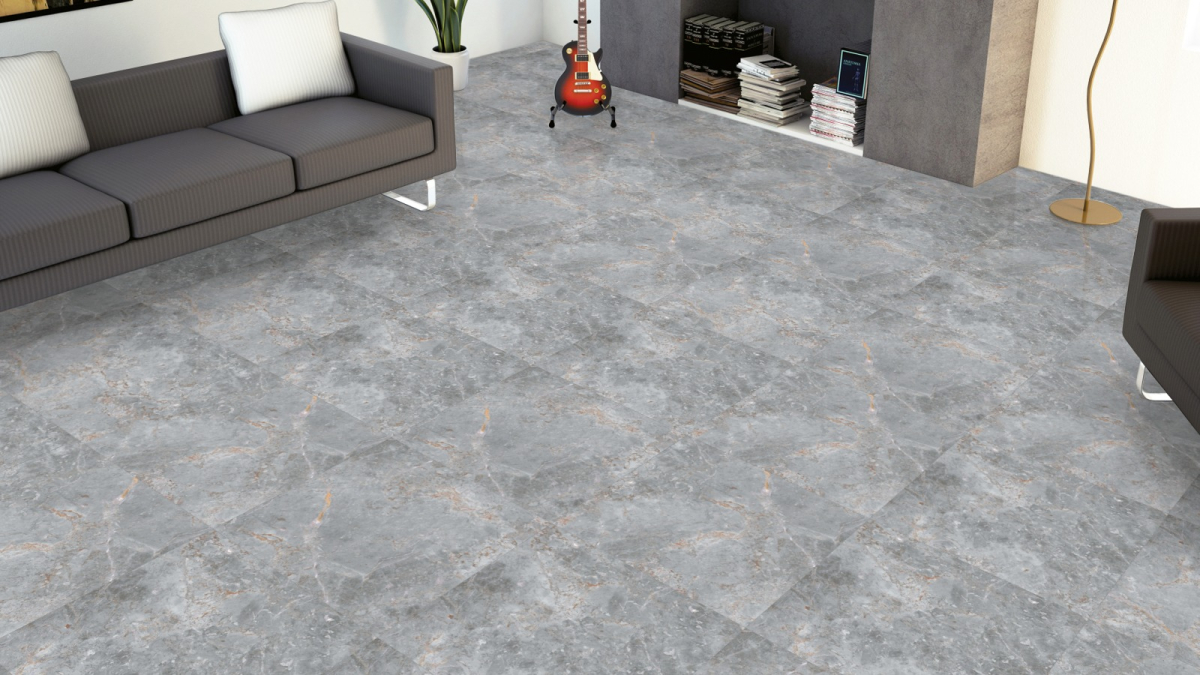
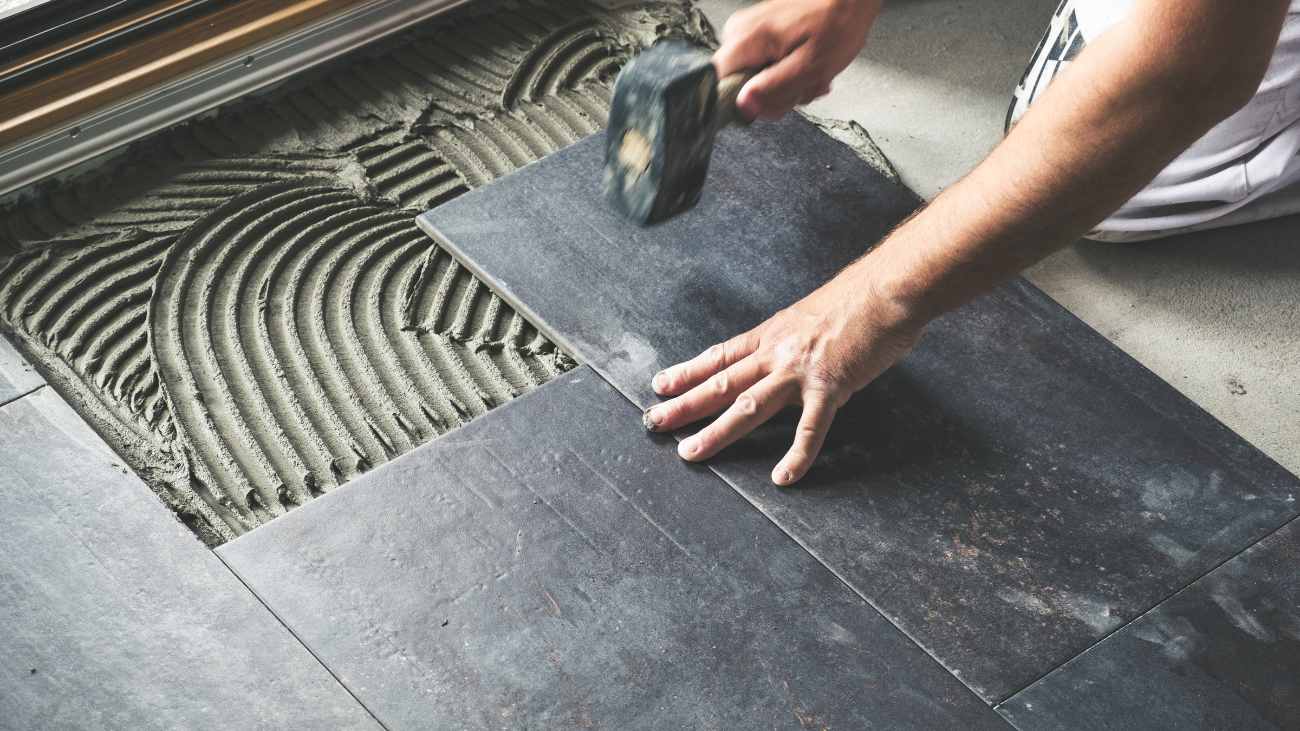
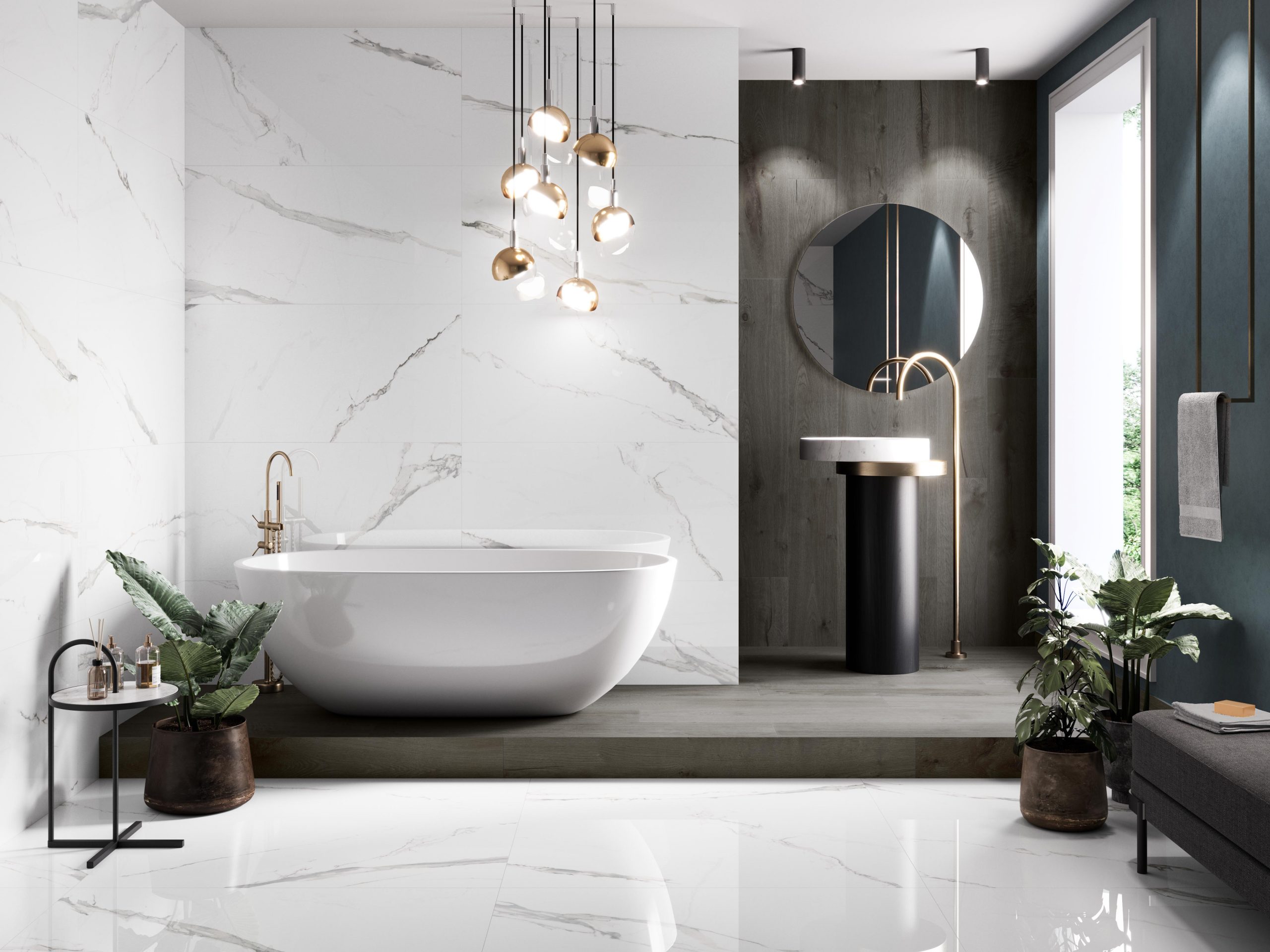
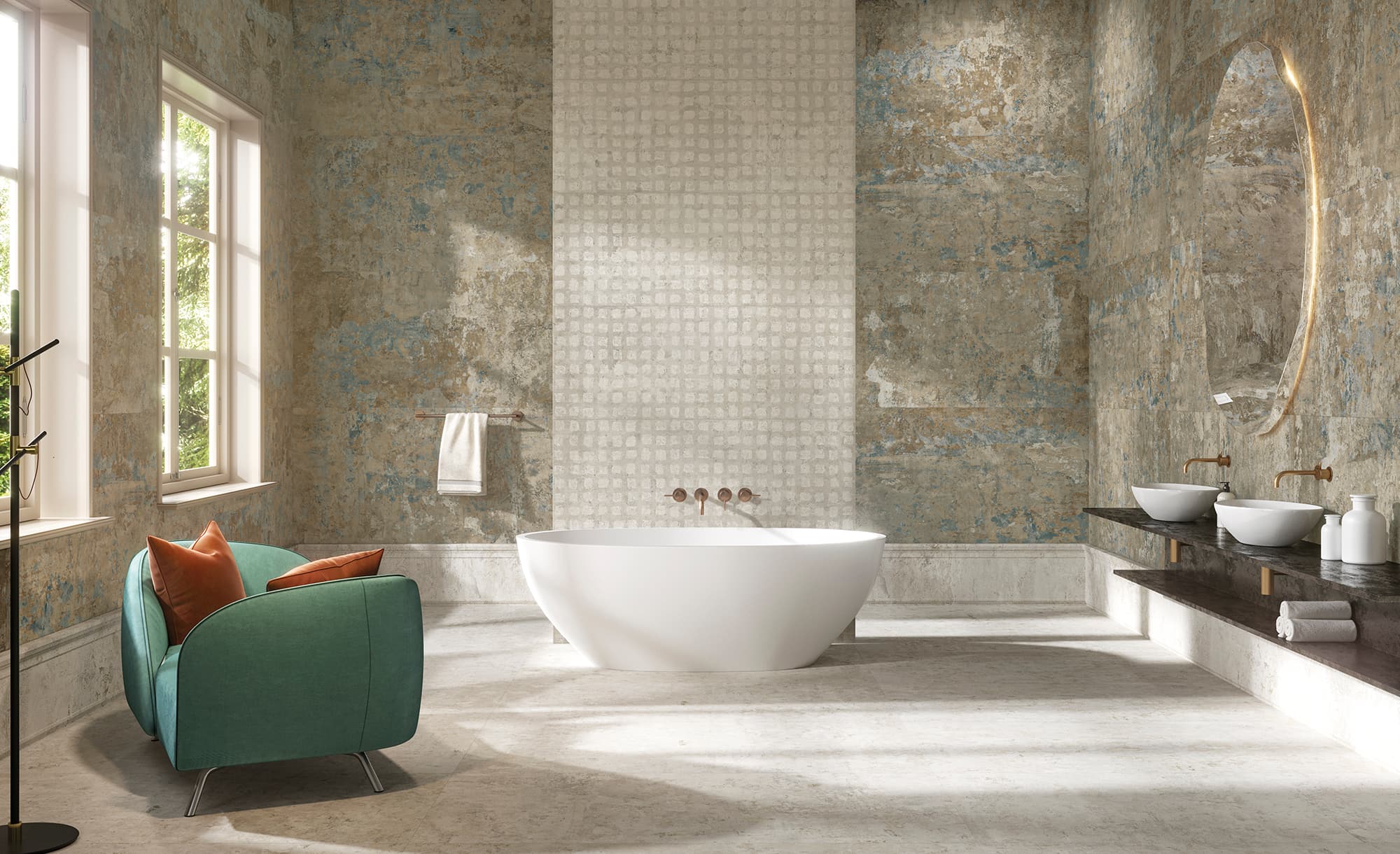
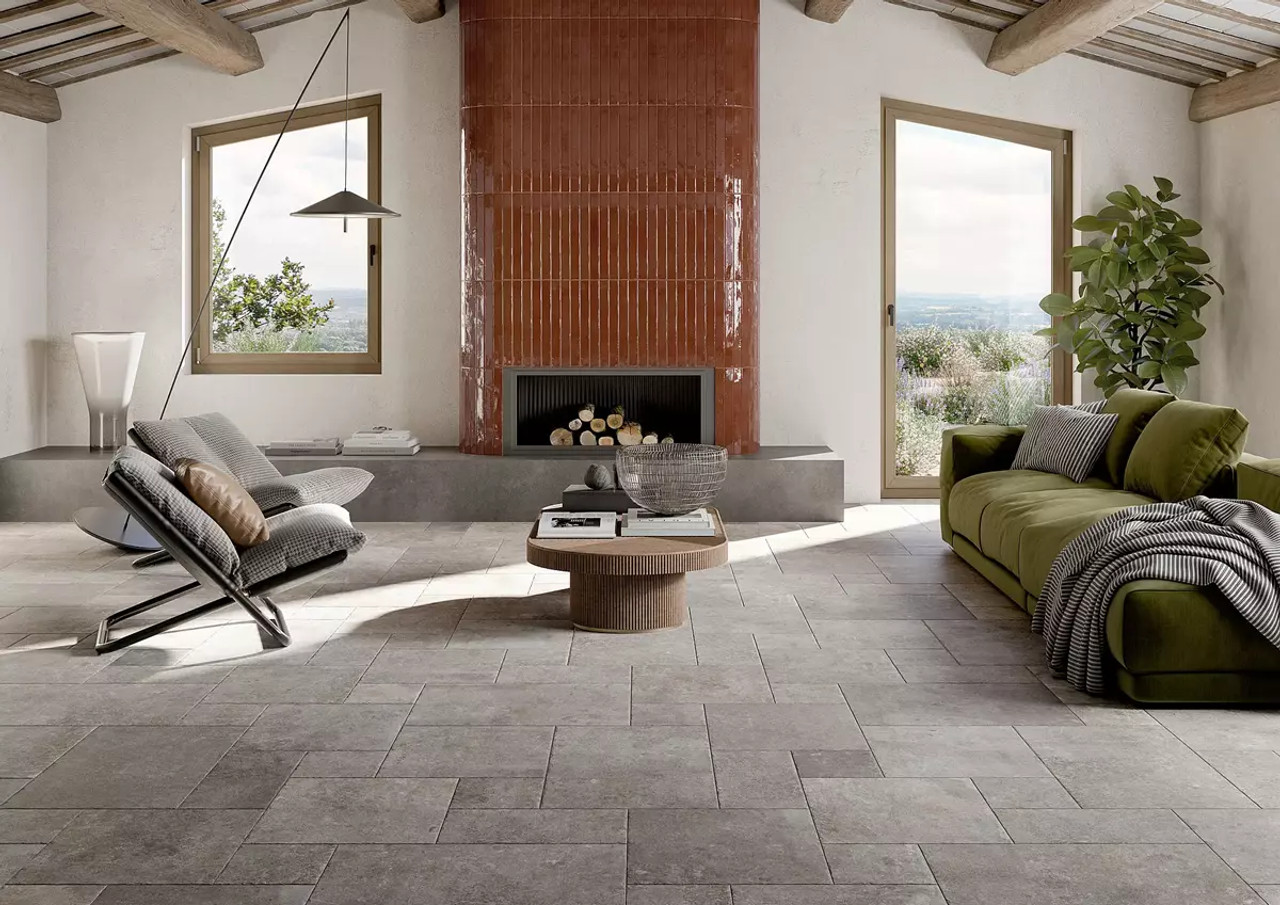


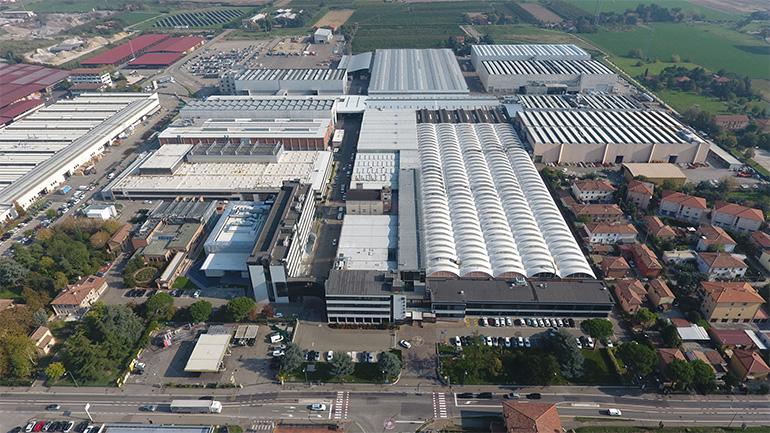
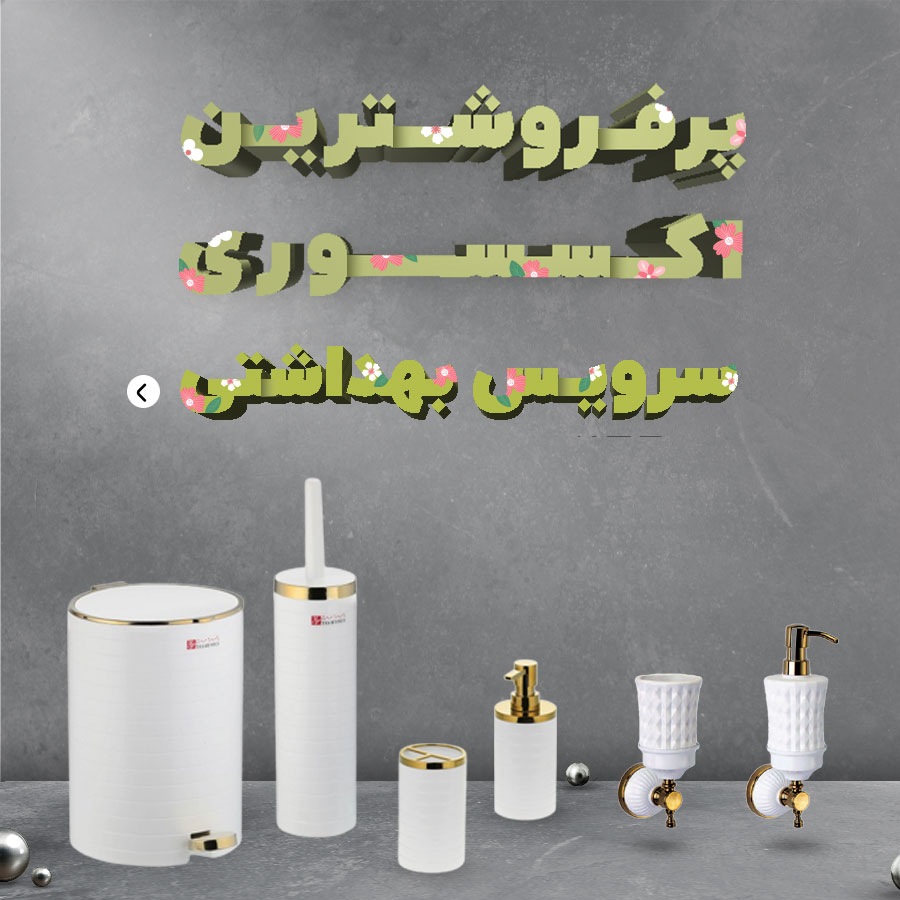

نظرات ۰